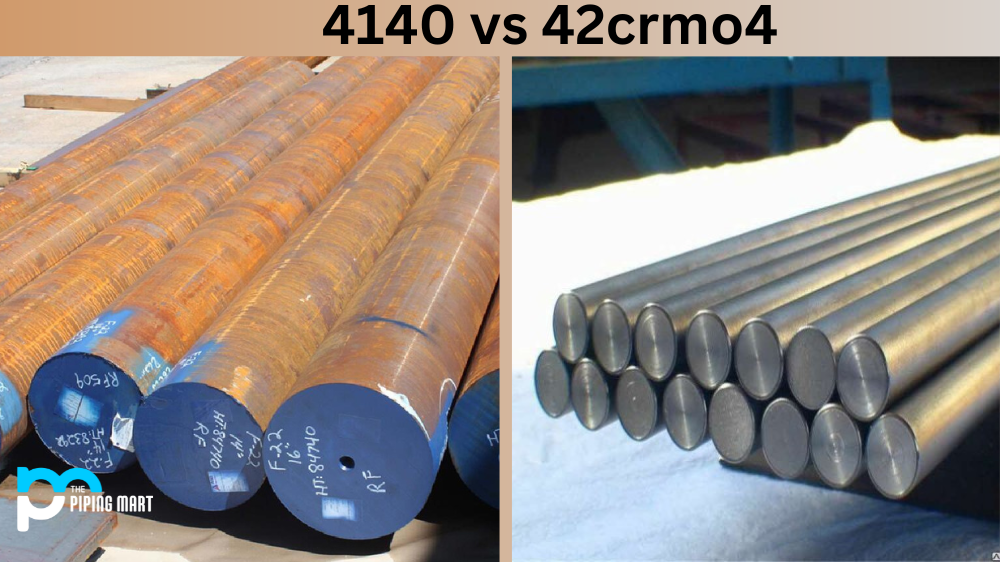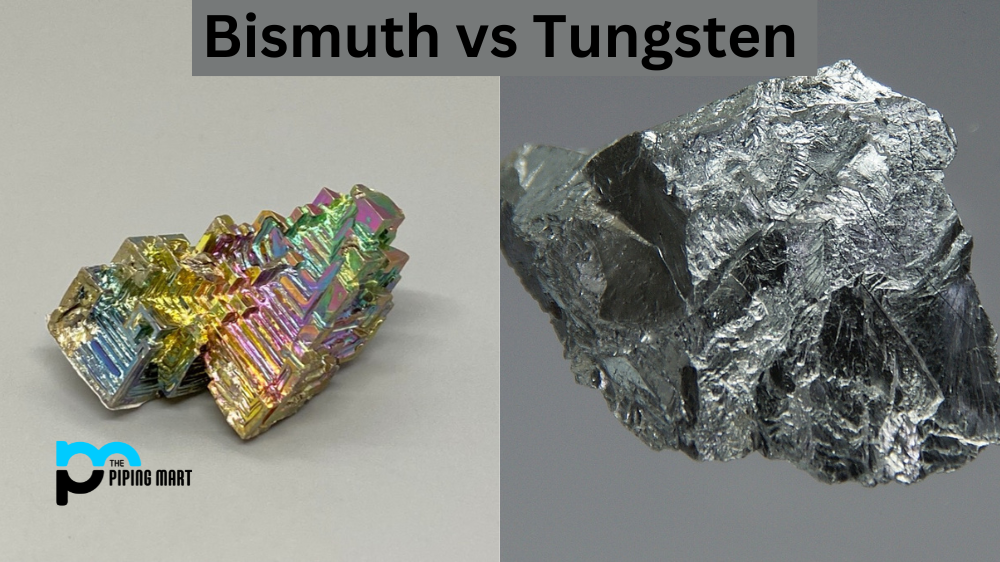Are you in the market for a new stainless steel product? If so, you’ve probably heard of the two most popular grades of stainless steel available today—AISI 304 and AISI 316. But what’s the difference between the two? Let’s take a look at both rates and how they differ.
Most Common Grades of Stainless Steel
AISI stands for American Iron & Steel Institute, which is an organization that sets standards for steel products. The two most common grades of stainless steel are AISI 304 and AISI 316. Both are austenitic steels, meaning they contain high levels of chromium and nickel – typically 18% chromium and 8-10% nickel. They also have similar tensile strengths – around 70 ksi (kilopounds per square inch). However, some critical differences between these two grades make them suitable for different applications.
Differences between AISI 304 and 316
The main difference between AISI 304 and 316 lies in their composition. While both contain 18% chromium, 304 includes 8-10% nickel, while 316 has 10-14%. Additionally, while both contain low amounts of carbon (less than 0.08%), 316 contains slightly higher amounts than 304 (0.08-0.10% vs 0.07-0.75%). This difference in composition makes AISI 316 more corrosion-resistant than AISI 304 due to its increased resistance to chlorides, such as salt water or chloride-containing chemicals used in processing plants or other industrial applications where rusting can occur over time. As such, it is more commonly used in marine environments or food processing plants where corrosion is more likely due to its excellent resistance to deterioration chlorides than AISI 304. On the other hand, if your application requires strength rather than corrosion resistance, then AISI 304 may be a better choice as it has slightly higher tensile strength than AISI 316 (70 ksi vs 65 ksi).
Composition
The main difference between AISI 304 and AISI 316 is the composition. AISI 304 comprises 18% chromium and 8% nickel, while AISI 316 contains 16% chromium, 10% nickel, and 2% molybdenum. The molybdenum gives AISI 316 better corrosion resistance in specific environments, such as salt or chlorine-rich water.
Mechanical Properties
AISI 304 and AISI 316 also differ in their mechanical properties. AISI 304 has a lower yield strength and ultimate tensile strength than AISI 316. This means that it is less intense than AISI 316 and may not be suitable for applications with high-stress levels. However, AISI 304 does have a higher melting point than AISI 316, which can be an advantage in specific applications.
Cost
Another critical difference between AISI 304 and AISI 316 is the cost. AISI 304 is typically less expensive than AISI 316 due to the lower price of the materials used to make it. However, the higher cost of AISI 316 can be offset by its increased strength and corrosion resistance.
Applications
AISI 304 and AISI 316 can be used in a variety of applications. Some typical applications for AISI 304 include food processing equipment, kitchen utensils, and architectural panels. Meanwhile, specific applications for AISI 316 include chemical storage tanks, medical implants, and marine hardware.
Conclusion:
When choosing a type of stainless steel for your application, consider the environment it will be used in as well as the properties required for your application—strength vs corrosion resistance—and choose accordingly based on whether you need an austenitic stainless steel like AISI 304 or an improved grade like AISI 316 with increased resistance to chlorides and other corrosive agents which could damage your product over time if not adequately protected against them. With this information in mind, you should now better understand what type of stainless steel best suits your needs—Aisi304 or Aisi316!

Abhishek is a seasoned blogger and industry expert, sharing his insights and knowledge on various topics. With his research, Abhishek offers valuable insights and tips for professionals and enthusiasts. Follow him for expert advice on the latest trends and developments in the metal industry.




